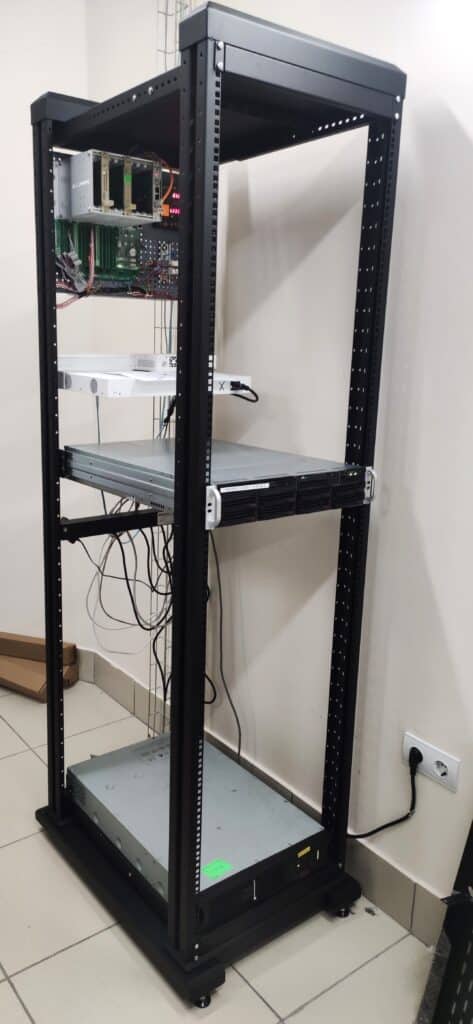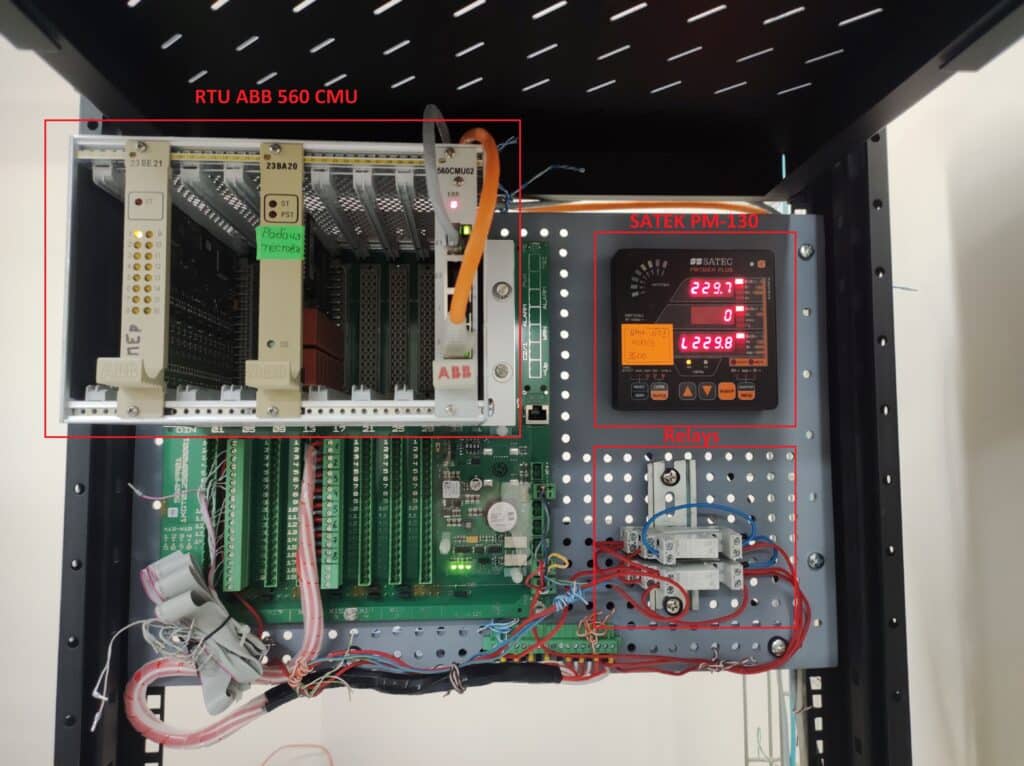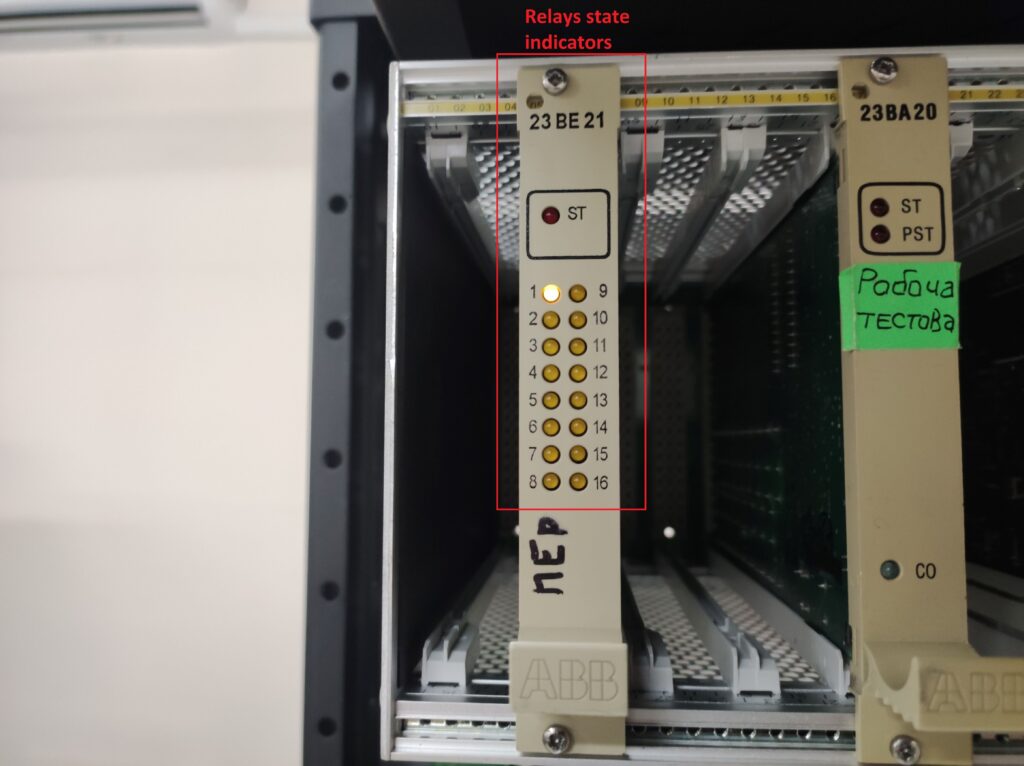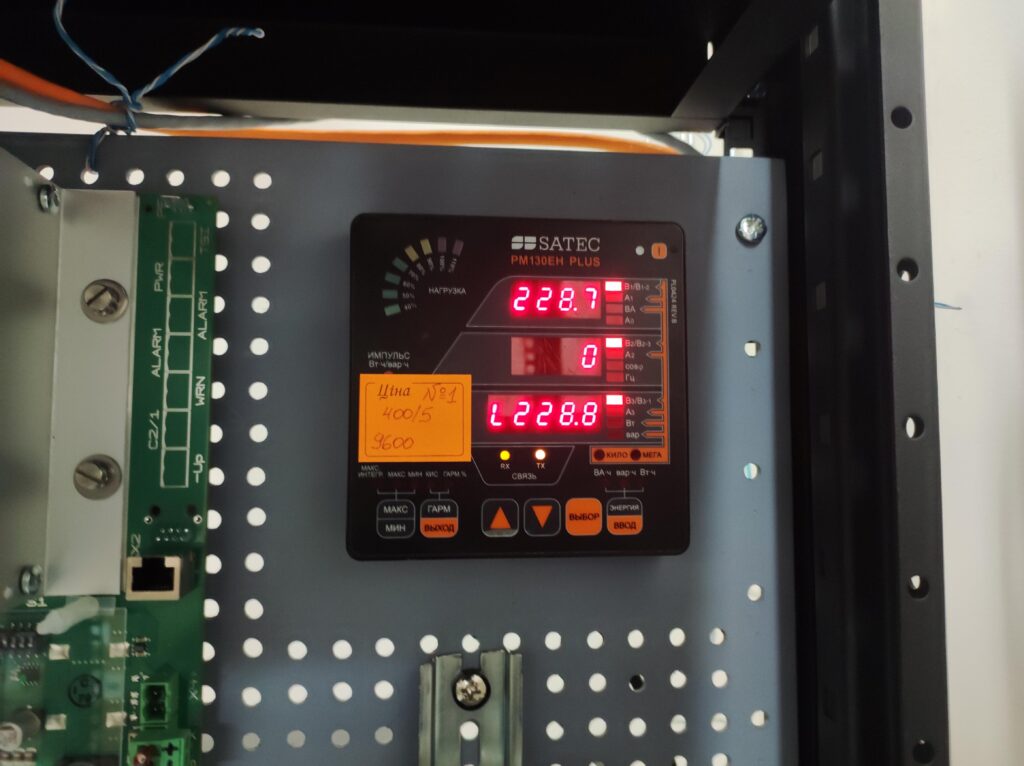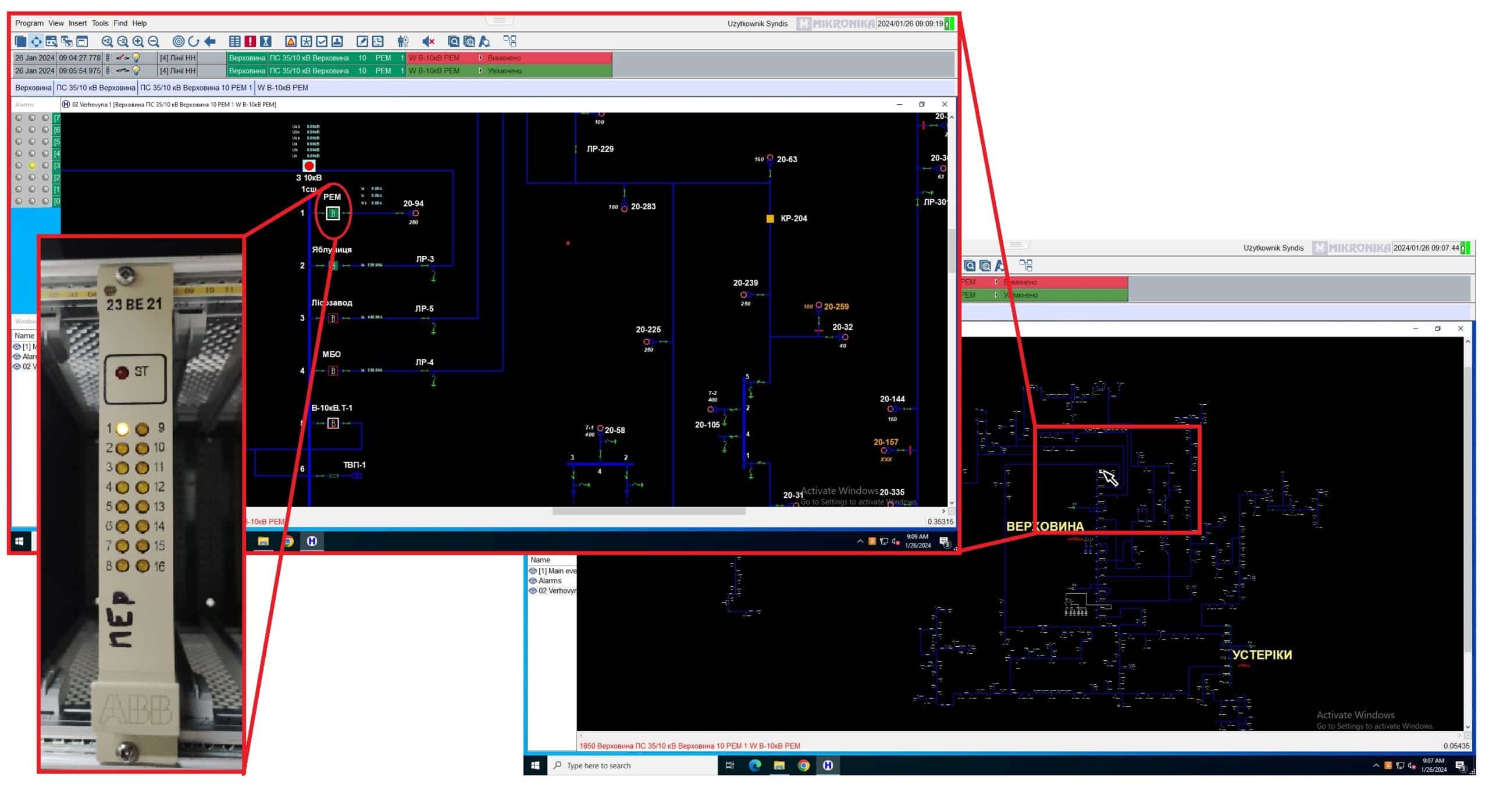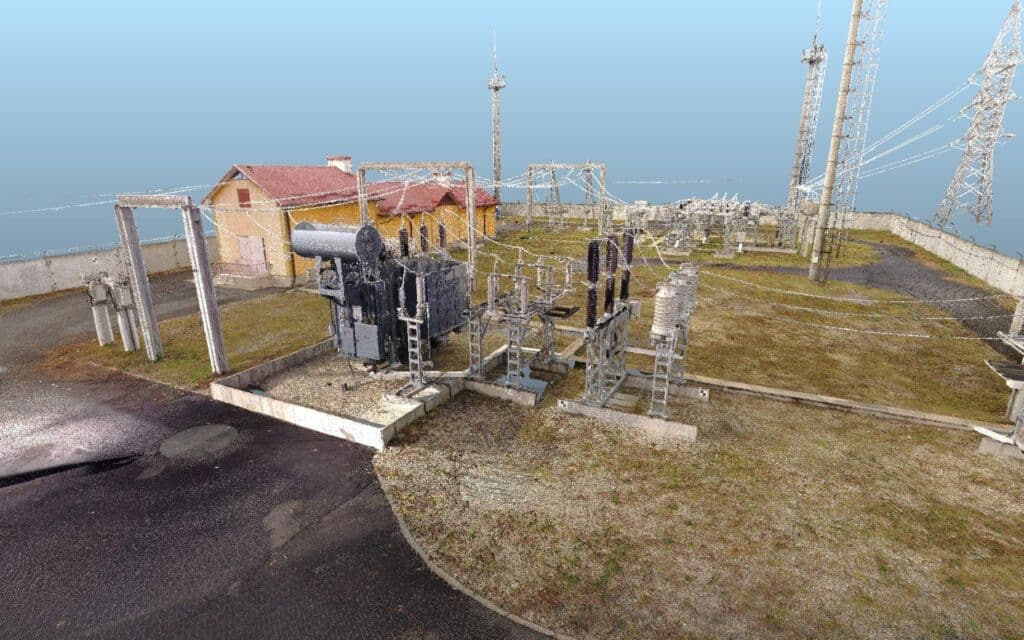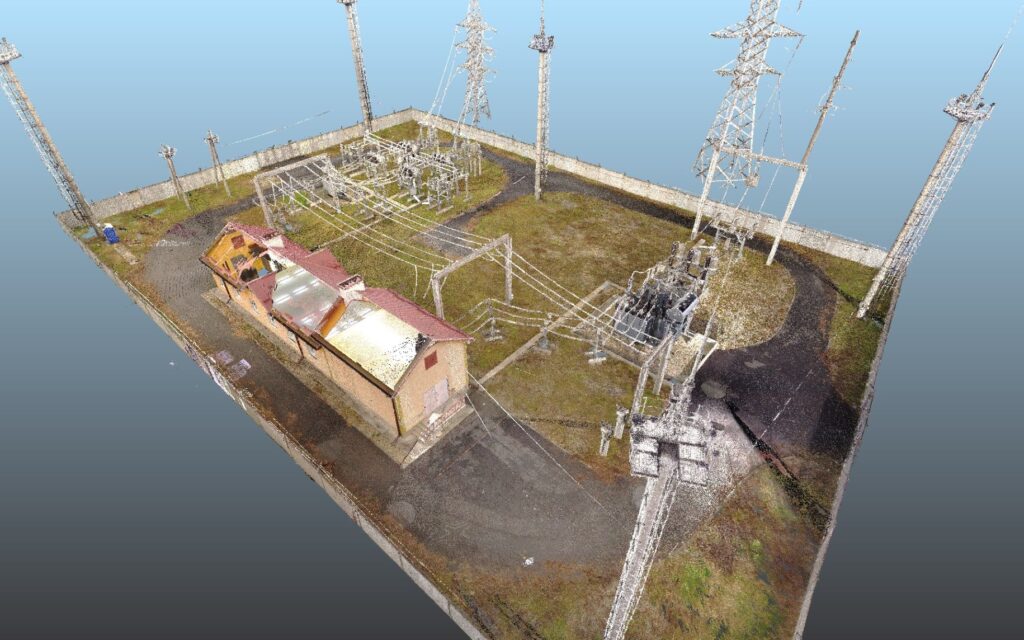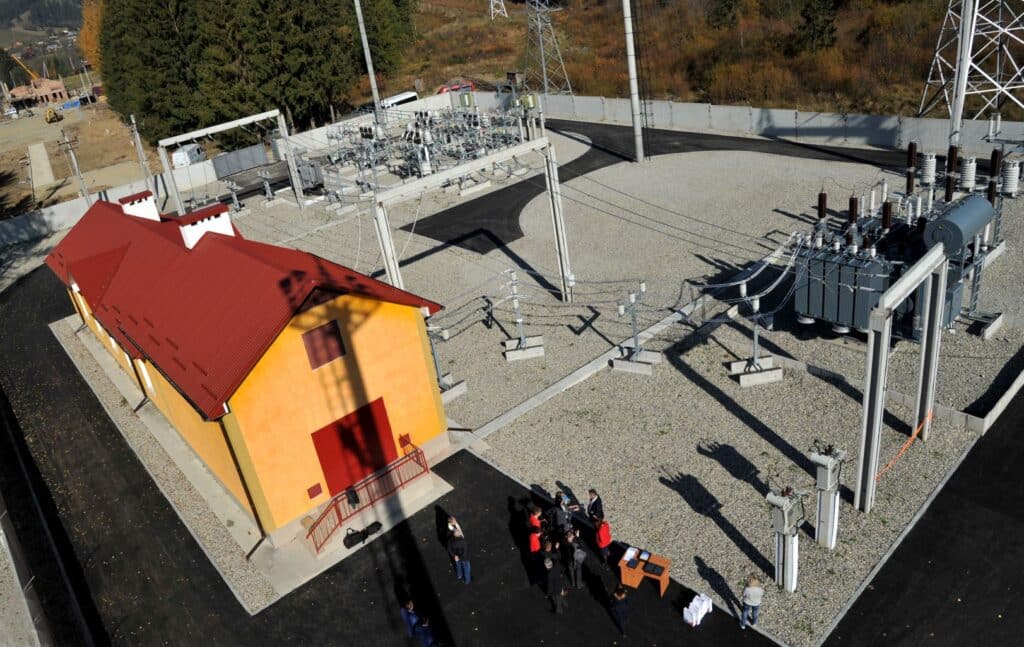Europe’s energy grid is the backbone of modern society, powering our homes, industries, and economies. Yet, it faces growing threats from cyberattacks and physical disruptions. Ensuring its resilience and reliability is paramount, is where the eFORT project comes in.
The eFORT project is a beacon of hope in this landscape. It represents a concerted effort to bolster Europe’s energy security and pave the way for a sustainable future. By bringing together leading experts from academia, industry, and government, eFORT is developing innovative solutions to protect and strengthen the energy grid.

JustB2B: Driving Innovation and Impact
JB2B plays a pivotal role in transforming eFORT’s research into tangible and scalable solutions. Their core expertise in organisational transformation is being harnessed to bridge the gap between innovation, impact and market reality. Their approach focuses in:
- Identifying high-potential areas: Strategic roadmapping ensures project efforts maximise impact by focusing on the most promising avenues for development.
- Accelerating time-to-market: JB2B develops go-to-market strategies to rapidly translate research into practical solutions addressing industry challenges.
- Scaling success for a sustainable future: Replication plans are central to eFORT’s success, ensuring successful solutions can be implemented across Europe for a more resilient and sustainable energy grid

Beyond Innovation: Collaboration is Key
eFORT fosters a collaborative ecosystem by connecting stakeholders like energy providers, technology developers, policymakers, and researchers. This open dialogue:
- Empowers the Industry: Collaboration fosters a culture of innovation, empowering stakeholders to overcome obstacles and achieve shared goals.
- Accelerates Innovation: By sharing knowledge and expertise, collaboration speeds up the development of solutions for the energy sector’s most pressing challenges.
- Addresses Common Challenges: Bringing diverse perspectives to the table leads to more comprehensive solutions that address the multifaceted issues facing the energy grid.

Unlocking High-Impact Opportunities
Through a tailored approach, JB2B identifies the project’s most promising avenues for development. This includes areas like:
- Data Analytics for Grid Optimisation: Leveraging data analytics to improve grid efficiency and ensure reliable power delivery.
- Cybersecurity Solutions: Developing advanced security measures specifically designed to protect the energy grid from cyberattacks.
- Energy Storage Systems: Creating innovative storage solutions to optimize grid management and facilitate wider renewable energy integration.

Exploitation Strategies for Impact:
JB2B employs a comprehensive approach to translate eFORT’s research into impactful solutions. Here are some key strategies:
- IPR Strategy Development: A solid intellectual property rights (IPR) strategy ensures project innovations are protected while facilitating their commercialisation.
- Exploitation Focus Workshops: These workshops train partners on exploitation concepts, define exploitable results, and develop strategies for replication and commercialisation.
- Online Webinars: Webinars promote project activities and results, attracting new stakeholders and encouraging the replication of successful solutions across Europe.

JB2B has identified Multiple Paths to Market:
eFORT envisions various ways to turn its research into commercially viable solutions:
- Licensing: This involves licensing developed technologies to companies seeking to integrate them into their operations.
- Consultancy Services: eFORT expertise can be translated into valuable consultancy services for industries seeking guidance on implementing solutions like advanced energy storage systems.
- Carbon Credits and Emission Reduction: By quantifying the positive environmental impact of project solutions, carbon credits can be generated, creating an additional revenue stream.
- Technology Transfer and Training: Providing training and technology transfer programs allows partners to implement eFORT solutions effectively.
- Strategic Partnerships: Collaborating with companies in related industries offers opportunities for joint ventures, combining resources and expertise for larger-scale implementation.

The Road Ahead:
The eFORT project is well on its way to delivering transformative solutions for Europe’s energy sector. By focusing on collaboration, identifying high-impact areas, and employing a multifaceted exploitation strategy, the project aims to create a more sustainable, resilient, and efficient energy future for generations to come.
Join the Movement!
Stay tuned for updates on eFORT’s progress and exciting news on how you can contribute to shaping a secure and sustainable future!

Contact us
Follow us on:








